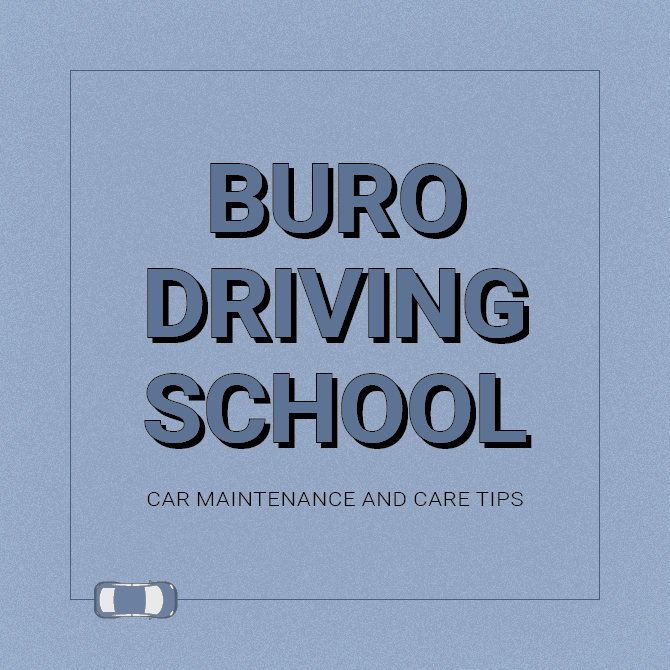Given the ongoing travel restrictions, some of us have now grown accustomed to doing everything online. From ordering food and groceries to paying bills and shopping, almost everything can be done literally at the touch of our fingertips. This brings us to the question: when was the last time you used your car?
If you didn’t already know this, cars should not be left unattended for a long period of time. Maybe you’ve been driving out every now and then to run errands or grab take-outs, but are you doing enough to ensure your car is kept in good shape?
We answer your burning questions about car maintenance and care tips during lockdown with a little help from the team at Lexus Malaysia.
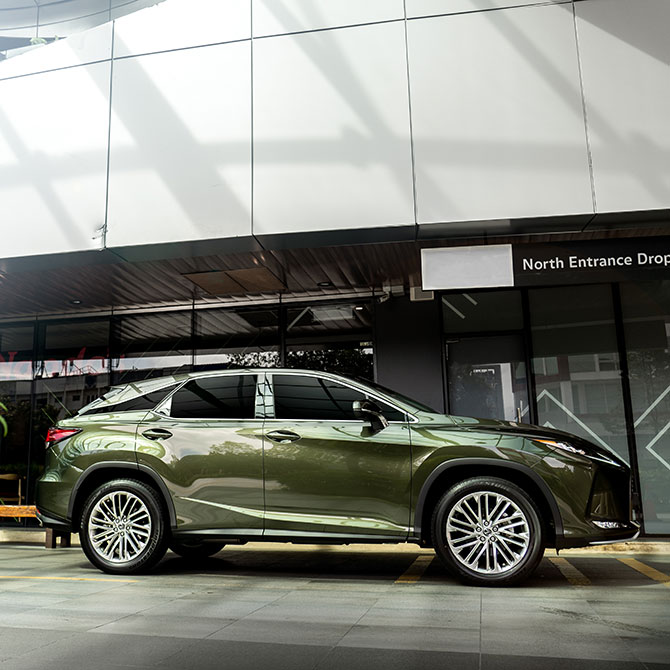
Battery care
For starters, the most basic tip when leaving your car unused for an extended period is to start your engine at least once a week. Even if you don’t plan to head out, simply turn on the engine and let the car remain idle for 15 minutes before switching off the engine.
According to Lexus: “This helps the engine reach its normal operating temperature, which subsequently helps in drying out any condensation that might have formed in various parts of the car. It also keeps your car’s battery from dying.”
If your car battery has been in use for more than two years, this step is especially important—lest you face a stalled car battery at the end of this (indefinite) lockdown, which may come at a hefty cost.
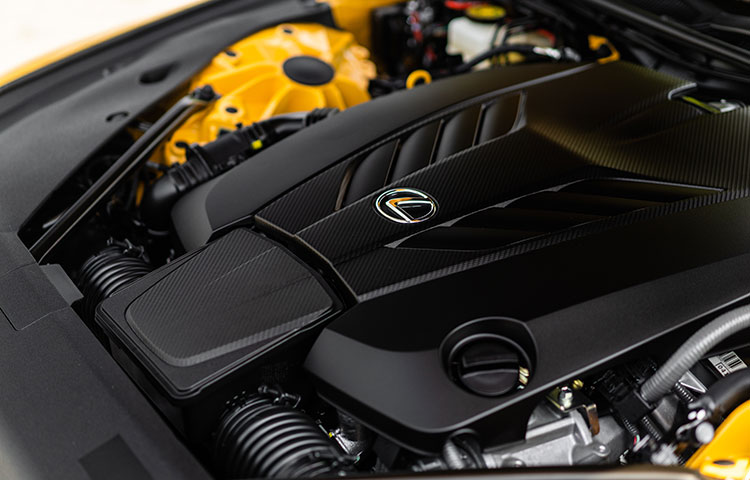
In cases where this step is not possible—for instance, if you’re stuck outstation or going away on a vacation for more than a month—Lexus recommends disconnecting your car battery to prevent drainage. Bear in mind that certain components, such as the on-board computer or electronic modules, will still drain the battery when the car is not in use. Thus, performing this step will mean your car clock and settings will return to default; but at least you’ll avoid significant battery drain, especially if your car has more electronic systems.
To do so, simply open your bonnet and look for the negative (-) terminal on your car battery (usually distinguished by a black charge/cover). Then, use a pair of gloves and a wrench to loosen the nut and disconnect the terminal. Secure the cable with a cable tie and/or ziplock bag to keep moisture out and make sure the cables do not touch each other or any metal part of the car.
Tyre care
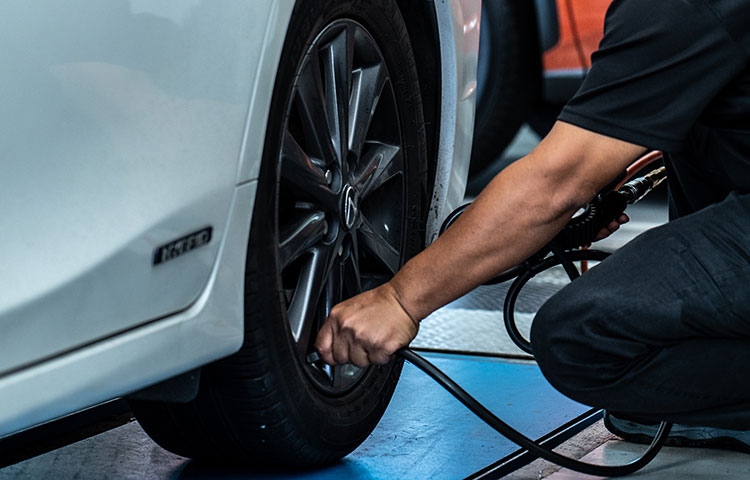
The other important component to keep in check is your car tyres. Before driving out again, ensure your tyre pressure is at the recommended PSI. You should be checking your tyre pressure once a month regardless of whether your car is in use, so as to avoid excessive or uneven wearing of the tread.
“You will require a tyre pressure gauge to measure and identify how much more pressure is required by simply placing it on the tyre’s valve stem. Whenever you head over to any self-service kiosk to pump air, remember to check the required car tyre pressure on the tyre placard, usually situated inside the driver side’s door jam.”
To prevent flat spots (read: visible flattening of the tyre) from parking your car for too long, you can also rotate your tyres. Nevertheless, flat spots will usually go away after driving your car for a while, so this should not be a big cause for concern. Otherwise, your car service provider will routinely do this when you send your car for service.
Engine oil and coolant levels
A few other things to keep in mind before you resume driving again include your engine oil and coolant levels. To check the former, ensure your car is parked with the engine turned off. Open your bonnet and locate the dipstick for your engine oil. Pull it out and wipe it clean with a microfiber cloth or a paper towel. Dip the stick back in and pull it out again to check the oil level. It should be between the two marked points on the dipstick. If the level is low, top up your car’s engine oil.
While your bonnet is open (important: make sure engine remains off), check the coolant levels by locating the coolant reservoir (usually a semi-transparent plastic container). There’s a mark on the container that indicates the maximum height/level of coolant. If the level is well below the maximum level, top up your coolant.
When in doubt…
…leave it to the experts. While these tips may help you save a trip to the mechanic, your car will likely be due—if not overdue—for a service by the time restrictions are lifted. For a peace of mind, your safest bet is to send your car to your nearest service centre for an inspection before driving regularly again.
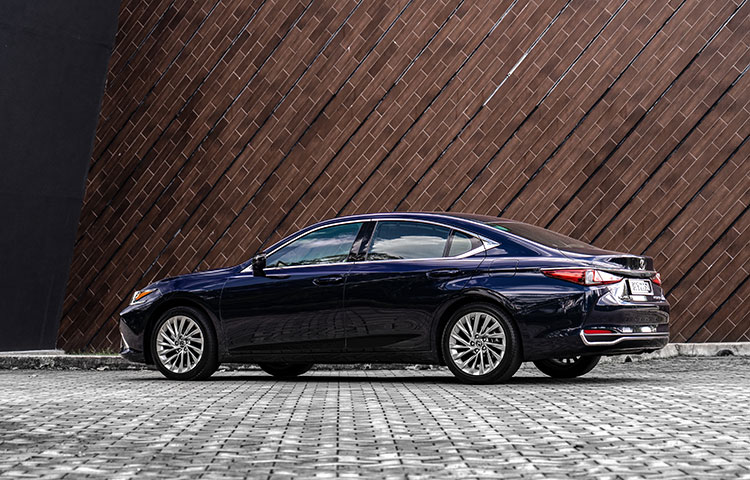
Do you have more burning questions about cars or driving tips and tricks? DM us on Instagram or shoot us an email at [email protected].
For more automotive insights, head over here.
| SHARE THE STORY |
